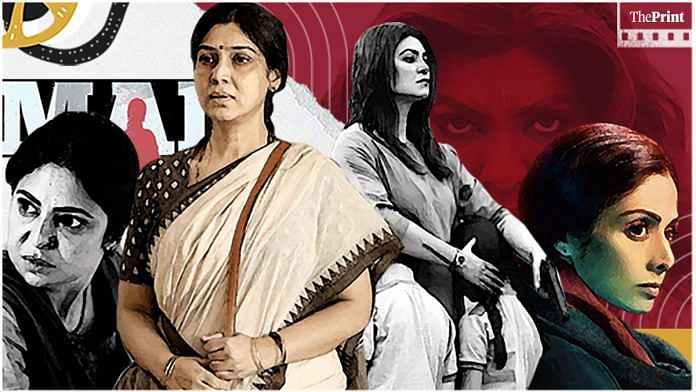When Sakshi Tanwar playing Sheel Chaudhary in Netflix’s Mai said, “Hum theek kar denge sab” — I will fix everything — she sounded like a typical mother from Indian movies and TV shows. Except that Sheel, in a cotton sari and with her inconspicuous looks, almost immediately, went on to kill criminals to avenge her daughter’s death.
The role of the mother and her modus operandi to ‘fix’ things has undergone a reformatory change in Hindi cinema and television. She is no longer consigned to cry in the corner — the new mother takes the law into her own hands.
While mothers in the films of the ’50s and the ’60s channeled their misery and struggle on-screen, matriarchs of the 21st century do not shy away from taking control and teaching a lesson or two. One could debate over the moral high ground and choice of characters such as Sheel, Aarya (Sushmita Sen), Rukhsana (Shefali Shah), or Devki (Sridevi). But these mothers have no remorse for blurring the line between right and wrong as long as they succeed in their mission
Don’t mistake them for rebels without a cause. The mothers in contemporary Hindi movies and shows are vulnerable and express themselves, but they are also equally adept at ‘fixing’ things as they deem fit. By hook or by crook.
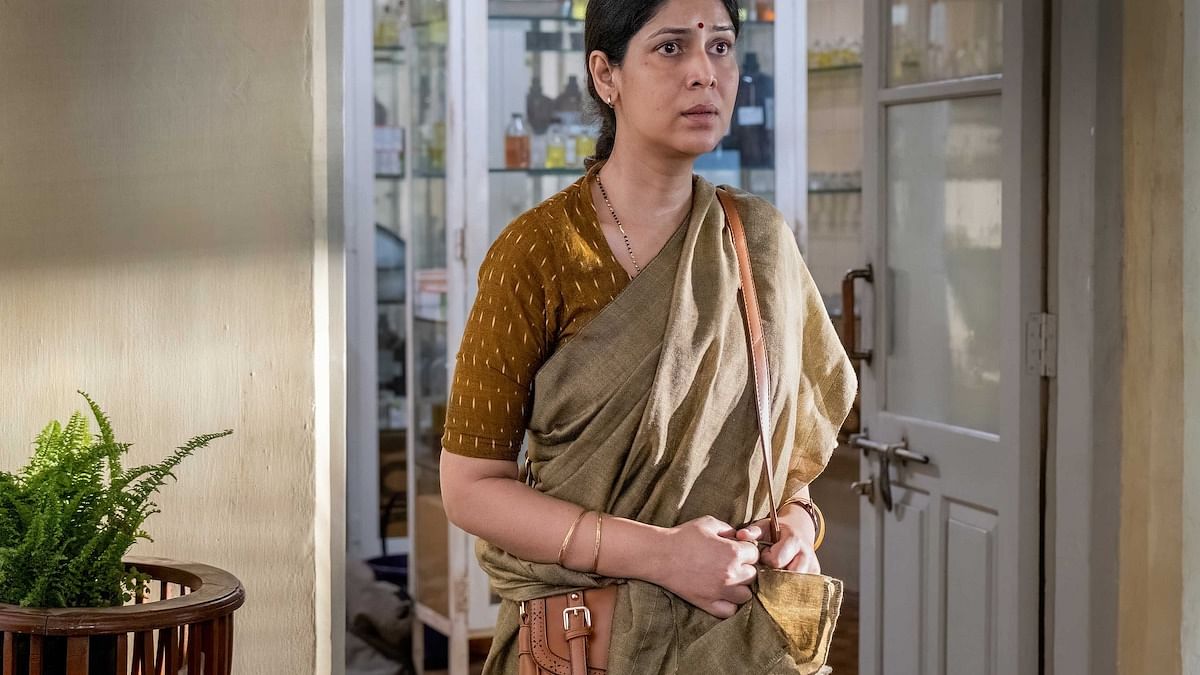
Also read: Naradan on Amazon Prime Video has all that makes Malayalam cinema a worthy watch
Mothers through the years
From the era of Lalita Pawar, Durga Khote, Dina Pathak, Kamini Kaushal, Reema Lagoo, and Nirupa Roy to that of Farida Jalal, Kirron Kher, Jaya Bachchan, Ratna Pathak Shah, and more recently, the likes of Neena Gupta and Seema Pahwa — mothers in the Hindi film and television industry have evolved.
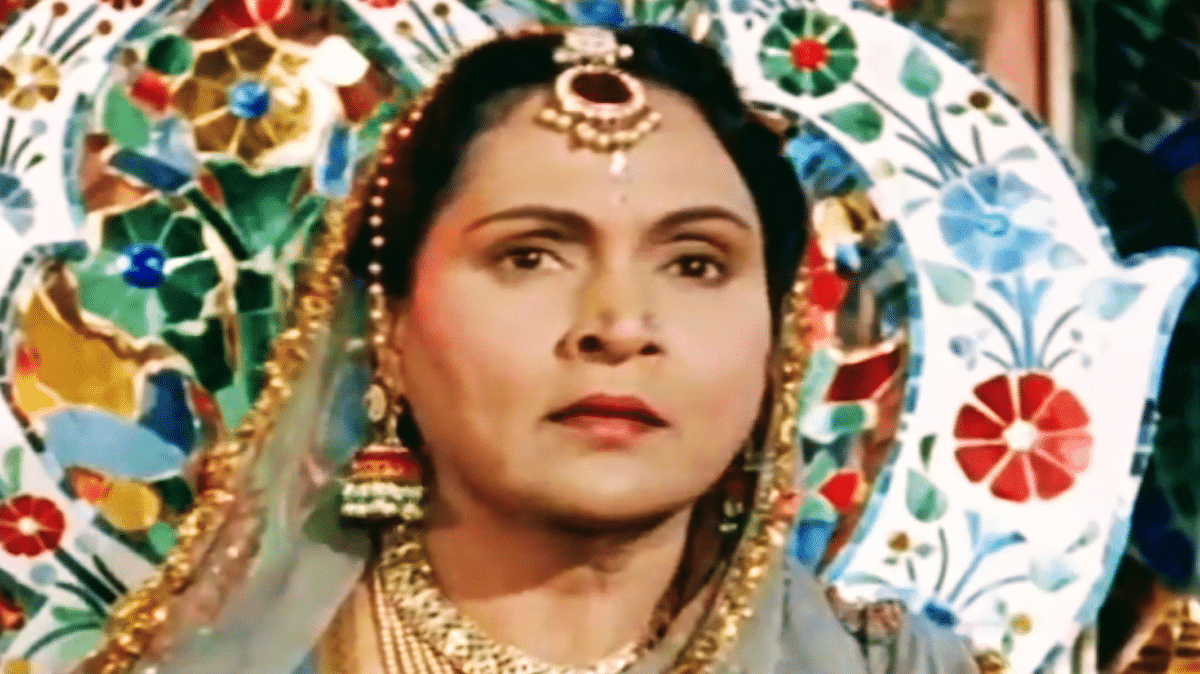
While Pawar evoked empathy in the quiet era of the 1950s, Khote breathed life into the character of Jodhabai in the classic Mughal-e-Azam (1960) by treading the fine line between a mother and a wife. Nirupa Roy and Dina Pathak defined how a mother ought to be with their selfless and devoted motherhood. These mothers often powered the male protagonists’ charisma in the story. In Yash Chopra’s iconic film Deewar (1975), Roy set a template of what mothers should be like, at least in that era. Her portrayal helped cement her status as a ‘mother’ for the decades that followed, and misery and suffering became essential parts of the mould. Her character and the societal norms of the time did not allow her to explore or be something else.
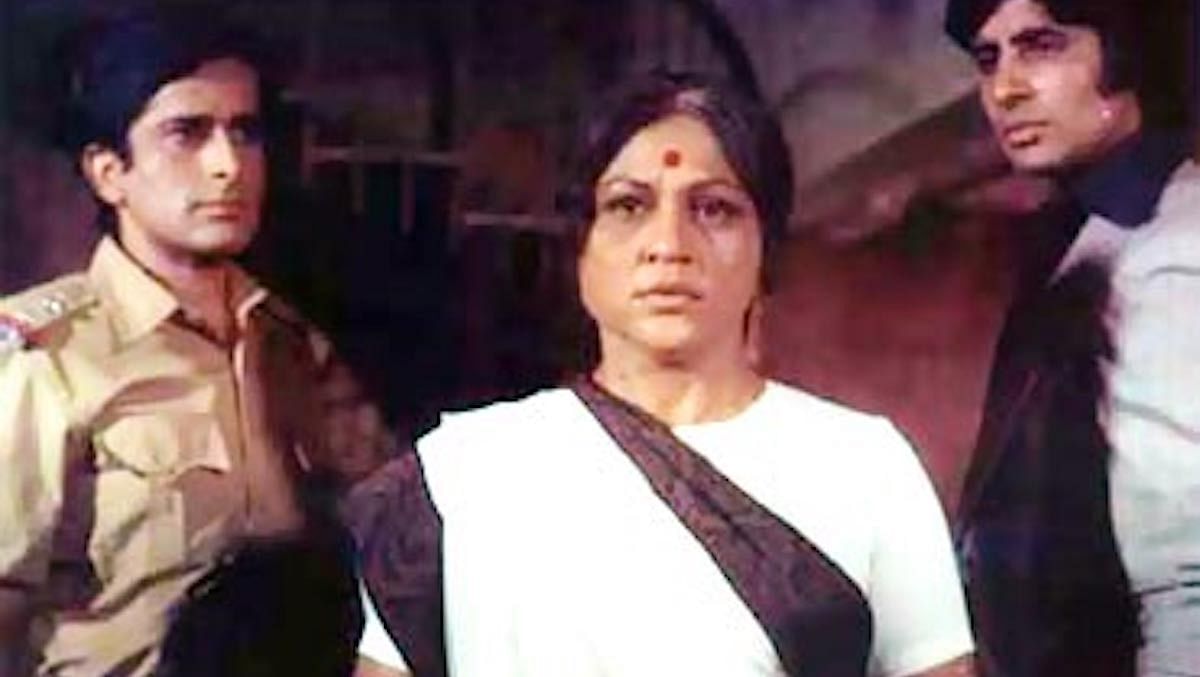
Most of the films from the 1920s to the 1990s — often termed the ‘Golden Age of Hindi cinema’ — showcased a mother confined within the walls of her home and societal norms, a tradition that has, fortunately, been outdated in contemporary times.
As the 2000s approached, a new lens was introduced to view the mother’s role in Hindi films. Kirron Kher’s portrayal of a mother in Kabhi Alvida Naa Kehna (2006), Dostana (2008) and Singh Is King (2008) was refreshing. No longer a picture of tragedy, she was jovial and independent. She didn’t fend for the male protagonist’s needs, and that is not to say that she wasn’t ‘motherly’.
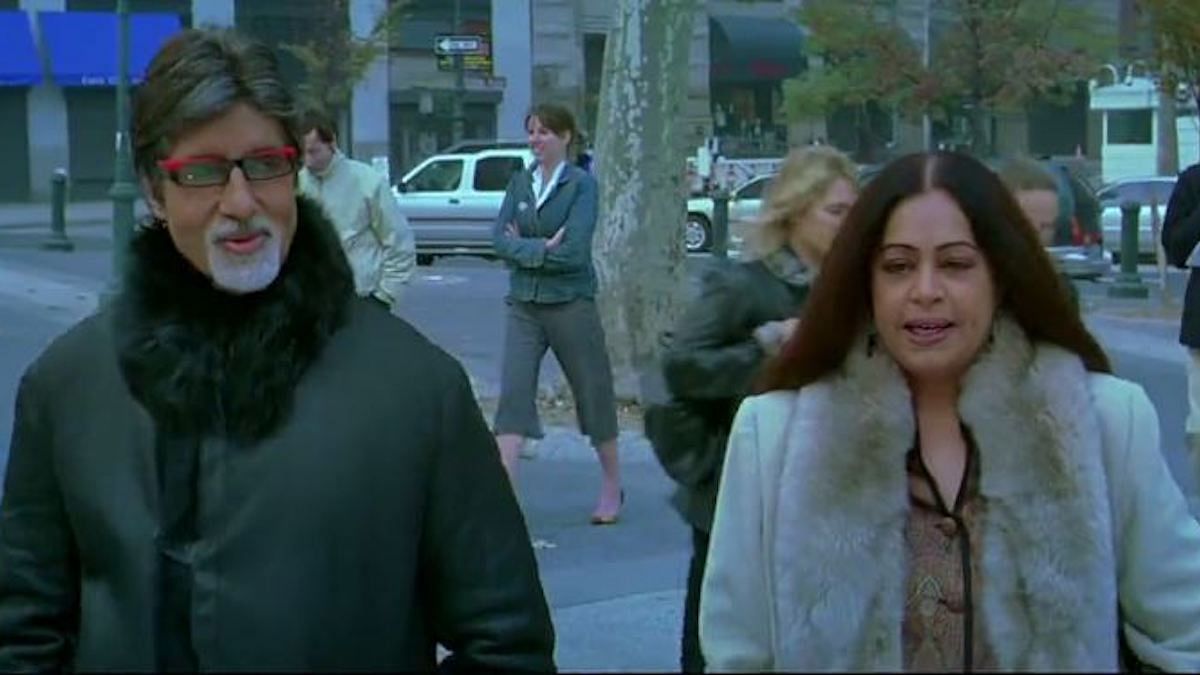
While the template set by Nirupa Roy and Reema Lagoo did spill through, it was tinged with some progress. Jaya Bachchan played the obedient, sombre mother in Kabhi Khushi Kabhie Gham (2001), but she laid down the law with her iconic role-reversal dialogue “Keh diya na, toh bas keh diya (What’s said is final).” She also played a much different and progressive mother in Kal Ho Naa Ho (2003) — an independent restaurant owner, battling the archaic prejudices of her mother-in-law. Interestingly, both the films were created under Karan Johar’s Dharma Productions and Yash Raj Films. Needless to say, the industry — from actors to filmmakers — was witnessing a transformation of the mother in Indian cinema. Considering the high box office records of these films, the audience and society welcomed the ‘new mothers’ with open arms.
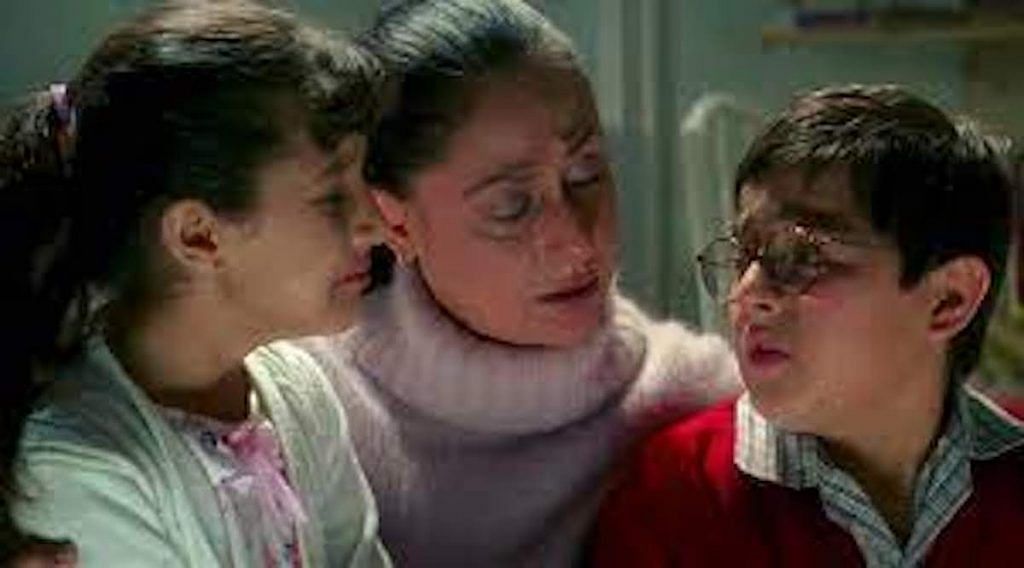
Come 2018, Badhaai Ho broke away from any preconceived notions attached to a mother in her 40s or 50s. While the Hindi film industry did not have much to offer to mothers of this age group, Neena Gupta, playing Priyamvada Kaushik, proved that there is scope beyond typecast characters. The middle-aged couple (Gajraj Rao played the role of the husband) discovers that they were expecting another child, making things awkward before their grown-up children. Keeping aside the film’s blockbuster success, no one could have imagined a mother in her 40s with vibrant sexuality or becoming pregnant past her ‘younger’ days.
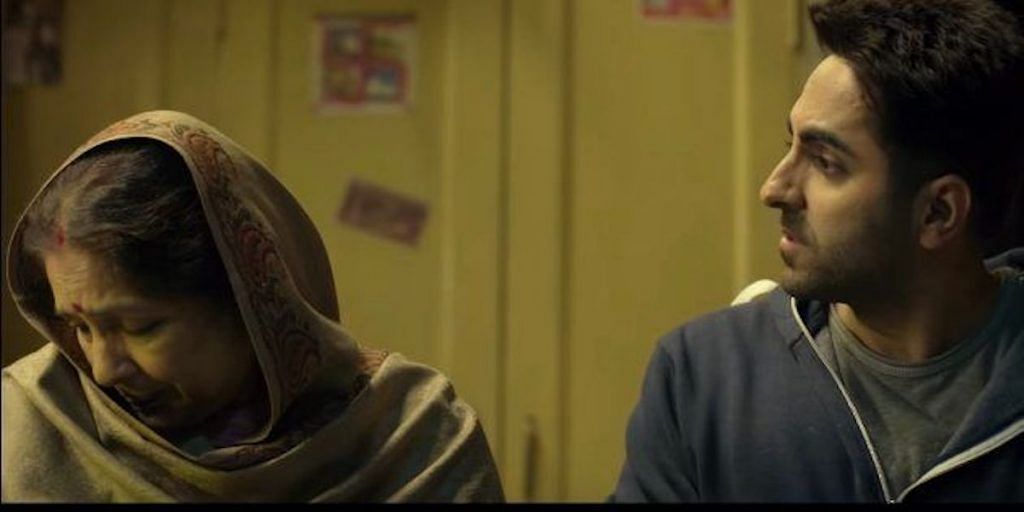
In the characters played by Seema Pahwa and Sheeba Chaddha in Bareilly Ki Barfi (2017) and Badhaai Ho (2018), respectively, the audience got to see a more nuanced, rooted, and refined version of mothers — much like how we see in our households. Films have always been a reflection of society. By that standard, it is safe to say that the mothers and middle-aged women of today are more aware, progressive, and independent.
Also read: Hurdang creates the world of Mandal student politics but not a convincing one
The mother in contemporary cinema
Towards the end of the first decade of the 21st century, on-screen mothers were breaking myths and stereotypes attached to their role in society. Shashi (Sridevi) in English Vinglish (2012) brought afore the struggles of a homemaker not well-versed with the English language. At first, she seemed like a damsel in distress as the family routinely mocked her, but she reasserted her significance as a matriarch through her actions. In the 2009 film Paa, Dr Vidya (Vidya Balan) gave birth to a child out of wedlock, which would have been inconceivable in the cinematic world of the ’50s and the ’60s. As a single mother, she did not survive at the mercy of her family or relatives but took societal challenges head-on.
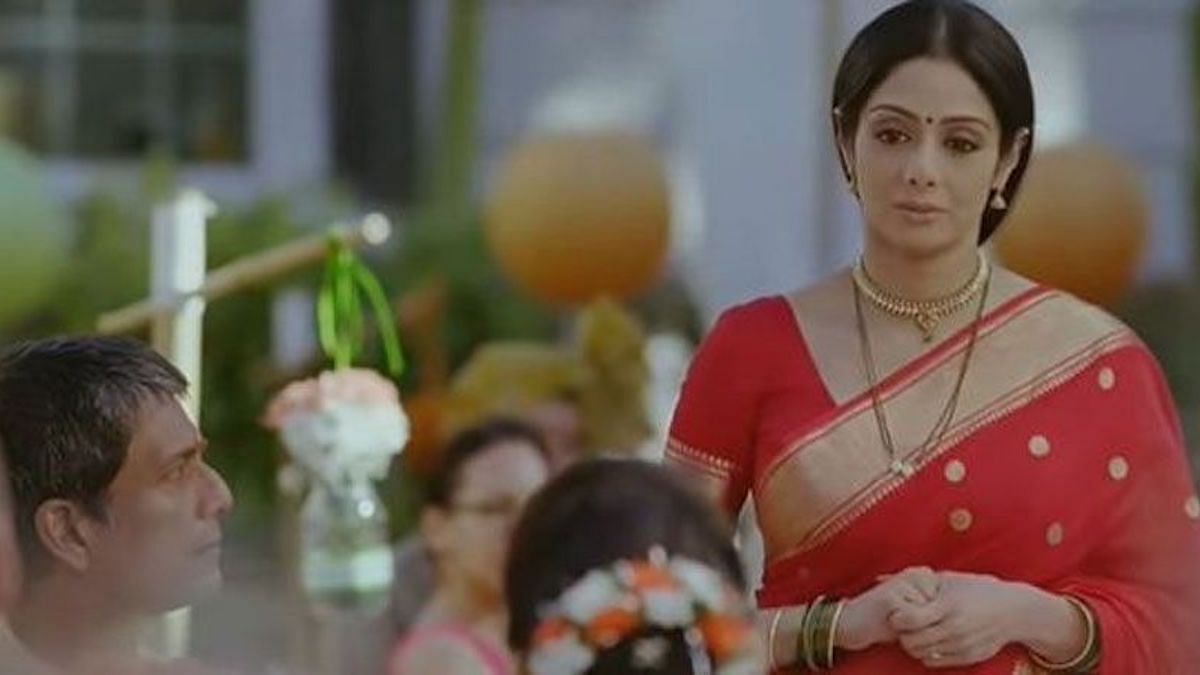
As we entered the second decade of the 21st century, mothers did not blink even once in resorting to guns or violence to avenge their cause.
To say that the portrayal of mothers on-screen in current times is more progressive might be right, but they are not devoid of requisite accountability. The narratives are often stitched to showcase a redemption arc, and these characters are not always hailed as the ‘heroes’ or ‘saviours’. These are ‘flawed’ women — just how humans are — who, compelled and triggered by the circumstances around, take it upon themselves to bring order (however they deem fit) to the chaos.
In the 2009 mystery/drama Mother, Korean director Bong Joon-ho presented a mother who, much like Bollywood’s Nirupa Roy, was miserable and struggling to make ends meet while raising her mentally ill child. But when she learnt that her son was being accused of a crime, she, much like Sakshi Tanwar in Mai, decided to investigate the case to unearth the truth.
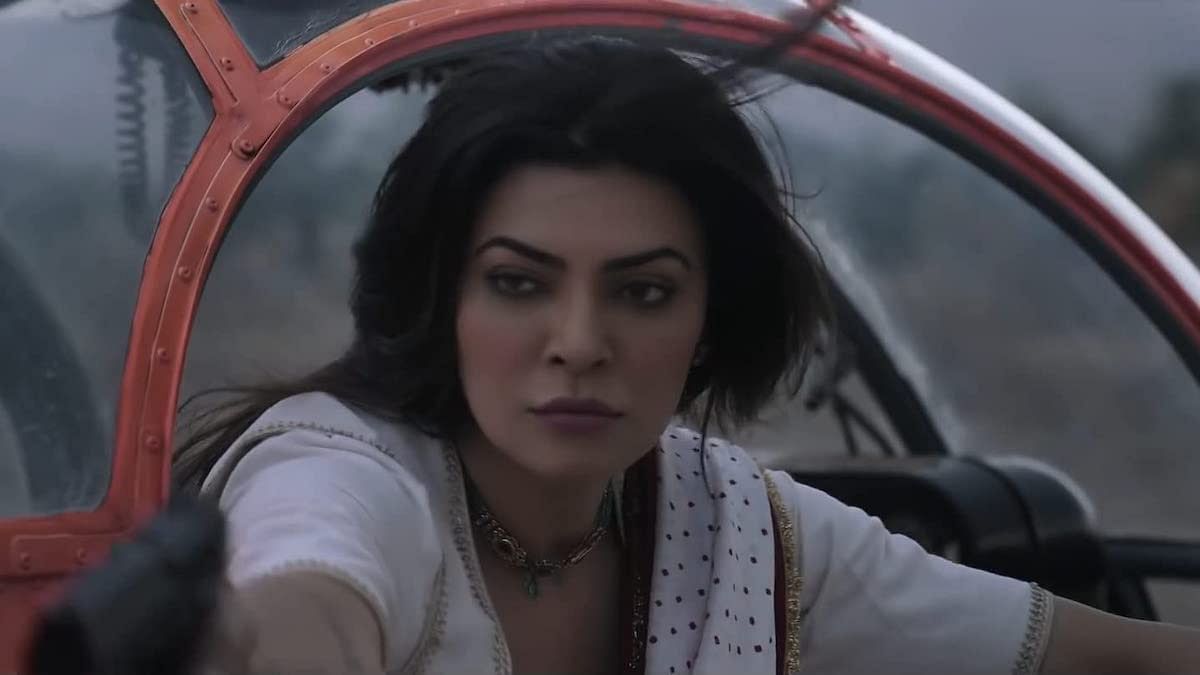
This new brand of motherhood — investigative, ferociously protective, vigilant — has metamorphosed into a genre itself. It is not uncommon to see Bollywood getting lured into a trap of formulaic storylines. Not every piece of craft, be it a film or web series, manufactured with this skeletal plot is perfect. But the least they do is further the scope and appeal of evolving on-screen mothers. And change is always a good sign.
This article is part of a series called Beyond the Reel. You can read all the articles here.
(Edited by Humra Laeeq)


